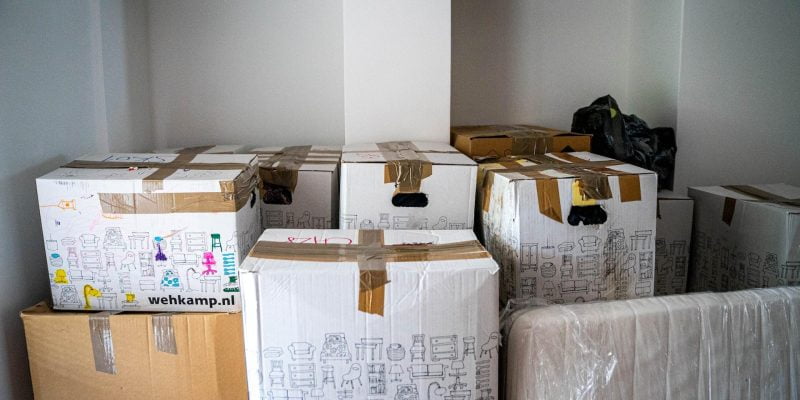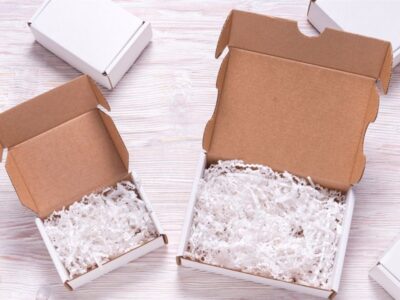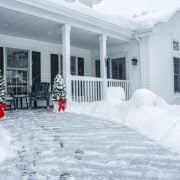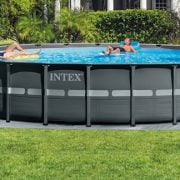Out of any other season, summer is the most popular time to move. About 45% of annual US moves take place between May and August. For this reason, homeowners may schedule their cross-country move in January or February, but you need to be organized to make it happen.
How to Get Organized for an Interstate Move in the Winter
If you want to avoid living through winter cold snaps common in the north, you should move to Kentucky, Dallas, or San Diego. Until then, you’ll need to tackle the ice-cold weather for now.
Hire Experienced Cross-Country Movers
To make your move as simple as possible, hire experienced cross-country movers. That way, you won’t have to worry about slipping on ice or unexpected weather. Plus, it’s cheaper to hire movers in December or January, so you’ll save a lot of money if you go with the professionals.
Plan to Declutter a Month in Advance
It’s important to pack and declutter a month in advance. The cold, snow, and shorter daylight hours will make you slower and cause frequent delays. You’ll also face a lot of traffic and limited store hours if you’re moving in December. So don’t delay; start packing as soon as possible.
Keep Your Eye on the Weather Report
The winter season can be unpredictable, so it’s unrealistic to expect sunny skies on the day of your move. Fortunately, moving companies aren’t as busy in the winter, meaning you can reschedule without much fuss. Before you hire movers, ask about their rescheduling policy.
Pack Items in Weather-Resistant Boxes
You should avoid packing items that are sensitive to extreme cold in cardboard boxes. Instead, pack small items in plastic totes and double-wrap real-wood furniture in blankets. Electronics are also very sensitive to temperature fluctuations, so wrap them in layers of packing paper.
Clear Sidewalks of Ice and Snow
Unless you can put the moving truck directly next to your door, you’ll have to maneuver through icy sidewalks and snowy walkways with your items. Even if you aren’t moving furniture or boxes yourself, be sure to shovel and ice paths to prevent accidents and injuries during the move.
Prepare Hot Drinks for you and the Movers
Using a quality moving checklist is super important, but don’t forget about the non-necessities and niceties. Whether you’re moving with a friend or professionals, it’s courteous to brew your team a cup of joe, hot cocoa, or tea. Use disposable cups if your kitchen is already packed.
Dress Warm (Wear Hats and Gloves)
It won’t be easy to keep your house warm when the door is open, and people are coming and going. While you should keep the heat on (primarily to protect the pipes), don’t forget to dress warm. Wear a winter hat, gloves, shoes, and coat, but don’t wear a scarf as it could get pulled.
Protect Your Floors With Cardboard
Since your moving team will come in wearing shoes, consider protecting them with unused cardboard boxes or tarps. The excess water could damage real-wood floors, while the constant scraping may scuff up non-durable materials. This small step can help you avoid costly repairs.
Ensure Your Utilities are All Set Up
In the winter, utility companies will prevent shutting off the previous occupants’ electricity, water, and gas because doing so will cause damage to the house or apartment. While that gives you more time to switch, you should still transfer your utilities a week in advance, just to be safe.
Prepare Your Car for a Cross-Country Trip
If you’re taking your car along for the move, make sure it’s well-suited for winter driving. That means changing your tires, buying ice scrapers, and putting bags of sand in the back of your truck. Bring an emergency kit stocked with food, water, and blankets for if you break down.














Comments